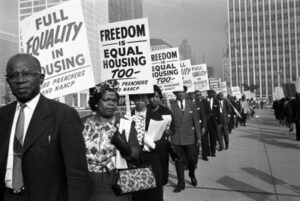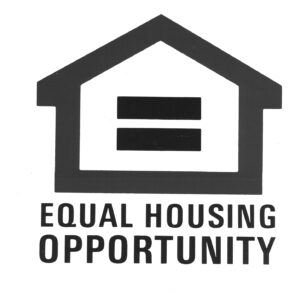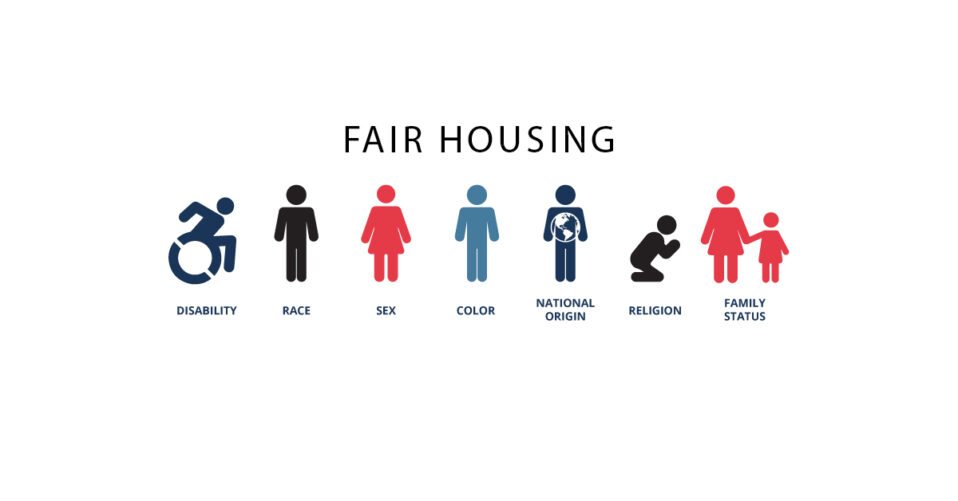Housing Discrimination and Oppression Against Minority Communities
 For several centuries segregation and housing discrimination in the United States has kept people of color from accessing resources easily acquired by white people. Broken systems and policies perpetuate the oppression of Black or African American populations as well as others with minoritized identities. Layers of complexities including systemic racism creates enormous barriers which hold oppressed populations to a lower status in numerous ways.
For several centuries segregation and housing discrimination in the United States has kept people of color from accessing resources easily acquired by white people. Broken systems and policies perpetuate the oppression of Black or African American populations as well as others with minoritized identities. Layers of complexities including systemic racism creates enormous barriers which hold oppressed populations to a lower status in numerous ways.
In 1965, the Fair Housing Act was passed, preventing residential and housing discrimination based on race, color, or ethnic identity. Since the passing of this law, there have been several amendments made that have allowed for covert discrimination practices from individuals, organizations, and governmental programs and continues the segregation between communities of color and white communities. Residential segregation is still present in many communities through numerous forms of covert discriminatory practices. These practices are done to keep people of color from progressing in life and society.

These have led to high costs and consequences for people of color, including paying more for housing, traveling farther for employment, and having poor housing stock. They are typically shown fewer rental properties by agents, quoted higher housing rates, offered worse conditions, and even steered to specific neighborhoods.
When it comes to owning homes, black, indigenous, and people of color struggle to secure good loans for housing or find loans at fair prices. They are given inadequate access to mortgage resources and when applying for a mortgage loan, denied twice as frequently as white people.
These covert practices and general residential segregation still exist in Wyandotte County and surrounding Kansas City areas. The well-known “Troost Divide” has split Kansas City, Missouri since the late 19th and early 20th centuries. Limited availability of safe and affordable housing and limited schooling options for Black or African American people continues to be a challenge today. It is more likely for Black people to remain in similar residential areas and situations than white people, making the prominence of minorities on the east side of Kansas City noteworthy in 2021.
Wyandotte county has consistently shown housing discrimination against people of color, especially Black people. While these practices began in the 1930s, we still see evidence of these discriminatory practices in the inequitable distribution of home loans shown on this redlining map. Like the “Troost Divide” on the Missouri side of Kansas City, divides also exist in Wyandotte County and the same social and economical barriers exist.
Nationally, low-income housing was consistently built in the least desirable areas and rented out to people of color as an unspoken public policy. It has been a long-standing covert practice starting with the creation of the Fair Housing Act. These practices will continue to occur not just in the Kansas City and Wyandotte County areas unless we choose to disallow these practices. Safe and affordable housing should be available for everyone no matter race, color, ethnicity, etc.
Click on the map below to learn more about the Home-Owners Loan Corporation Redlining (1935) and Modern Race/ Ethnicity (2010) comparisons.





Post a comment